
14 Years Custom High Temperature Resistant Smooth Pvc Circular 3mm Belt Airport Outdoor Pvc Rough Top Conveyor Belt



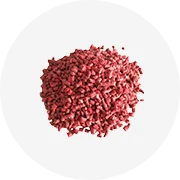


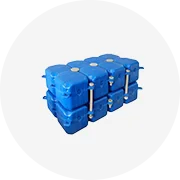
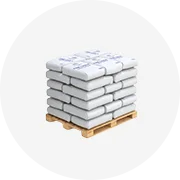

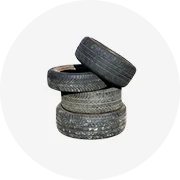
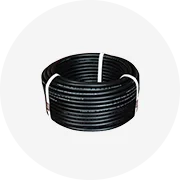

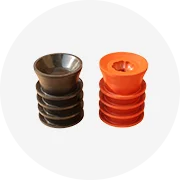
Steel cord conveyor belts, specifically those adhering to the DIN 22131 standard, are integral components in heavy-duty industrial applications. These belts are designed to meet rigorous material handling requirements, providing a robust and reliable solution for transporting large volumes of materials across various industries.
A DIN 22131 steel cord conveyor belt is constructed with a distinctive composition that includes high-strength steel cords as the main tension-bearing element. The design ensures optimal load distribution and provides the belt with exceptional tensile strength, making it suitable for long-distance and high-load transportation.
The versatility of steel cord conveyor belts is evident in their wide range of applications. From mining operations to port loading facilities, these belts are capable of handling bulk materials such as coal, ore, and aggregates. Their robust nature also makes them suitable for high-impact conditions found in the construction and mining sectors.
The steel cord belt is known for its high resilience and ability to withstand substantial stress without elongation. This results in minimal maintenance and a longer lifespan, which is crucial in continuous production environments. Additionally, the belt's structure minimizes slippage, ensuring efficient operation.
Quality is paramount when it comes to the materials used in steel cord rubber conveyor belts. The combination of high-grade rubber compounds and steel cords ensures durability and resistance to harsh conditions, such as exposure to oils, high temperatures, and abrasive materials.
Selecting the appropriate conveyor belt with steel cords is essential for ensuring operational efficiency. Factors to consider include the belt's width, tensile strength, and the specific requirements of the intended application. It is important to match the belt's characteristics with the demands of the material handling system.